SOURCE :- SIASAT NEWS
Riyadh Air, Saudi Arabia’s innovative new airline, has revealed the cabin interiors of its Boeing 787-9 Dreamliner fleet, blending advanced technology with modern luxury. The unveiling marks a major milestone as the carrier prepares for its inaugural flights later this year.
Designed from the ground up as a digital-first airline, Riyadh Air is redefining air travel by introducing a seamless, tech-enabled guest experience. With no legacy systems, the airline is setting new standards in comfort, innovation, and style—positioning itself as the world’s first truly digital-native carrier.
The new cabin interiors reflect Riyadh Air’s commitment to Saudi heritage, featuring elegant materials, thoughtful design, and smart technology. Across all classes—from economy to business elite—passengers will enjoy a consistent, high-quality experience that combines comfort with convenience.
Industry-leading comfort and technology
Riyadh Air has prioritised comfort and design innovation across its Boeing 787 fleet, ensuring guests experience premium travel regardless of cabin class. As part of its digital journey, the airline will soon launch version 3.0 of its platform, streamlining everything from booking to in-flight entertainment.
Chief executive officer Tony Douglas said, “Riyadh Air is dedicated to delivering a world-class experience. Our new cabins bring that vision to life—with luxurious seating, intuitive design, and next-generation technology to ensure every journey is enjoyable and relaxing.”
Cabin configurations
Each Boeing 787-9 will accommodate 290 passengers across four cabin classes:
- Business elite: 1-2-1 configuration featuring Safran Unity seats with privacy doors, 52-inch-high walls, and 32-inch 4K OLED screens—the largest business class screens in the world. The front row centre seats also convert into a double bed.
- Business class: Same layout and seat design with slightly smaller screens.
- Premium economy: 2-3-2 layout with 38 inches of pitch.
- Economy class: 3-3-3 configuration with 31 inches of pitch.
All cabins are equipped with large-format 4K OLED seatback screens, ranging from 13.3 inches in economy to 32 inches in business elite. Business cabins also include Devialet headrest speakers, offering immersive, headphone-free audio.
Look here for exclusive images of Riyadh Air’s cabin interiors

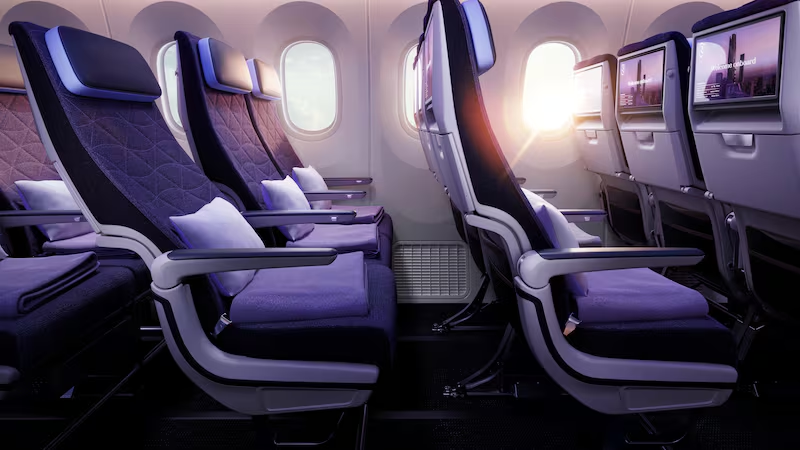

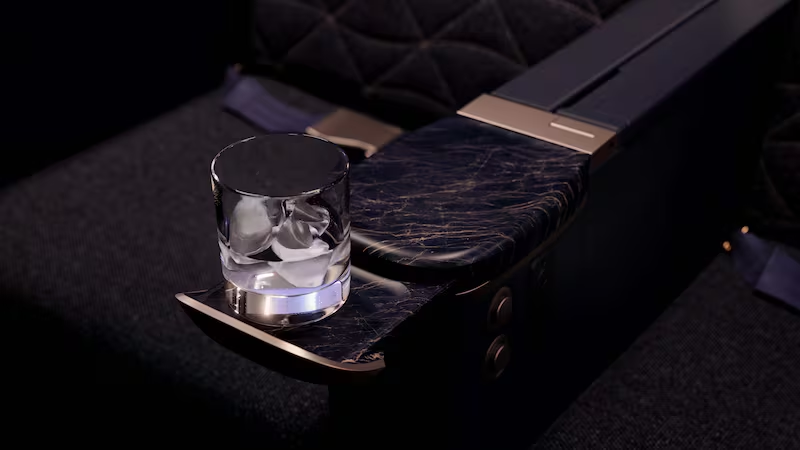
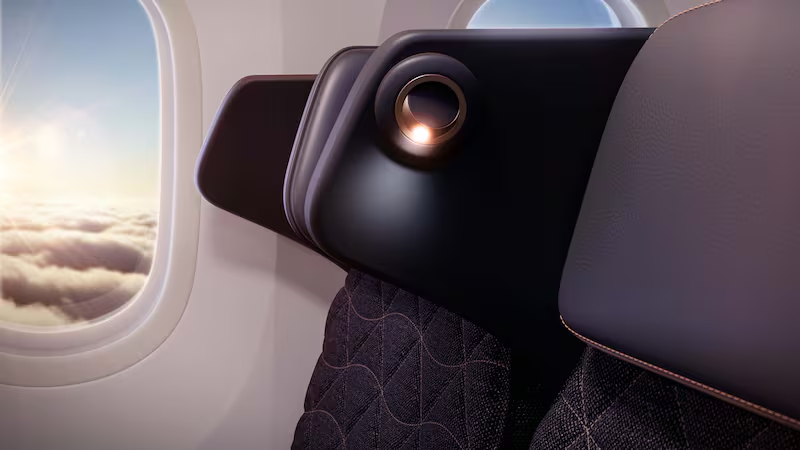
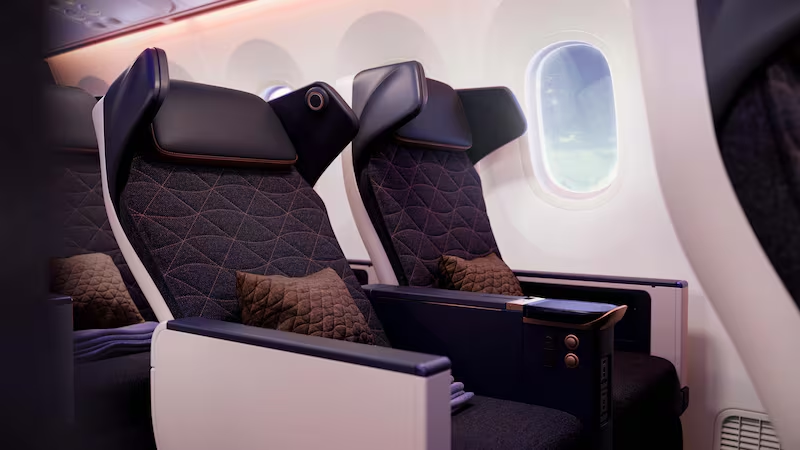
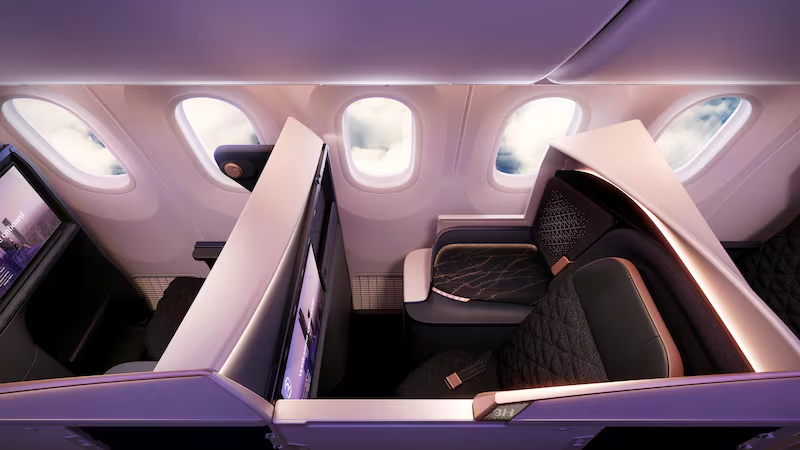
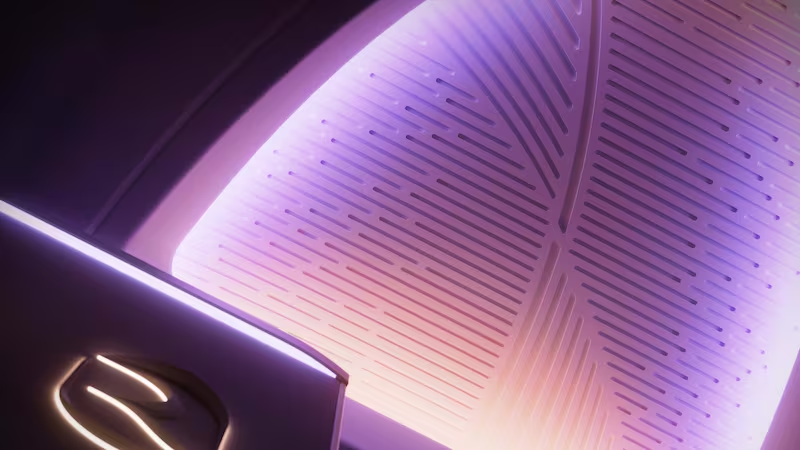

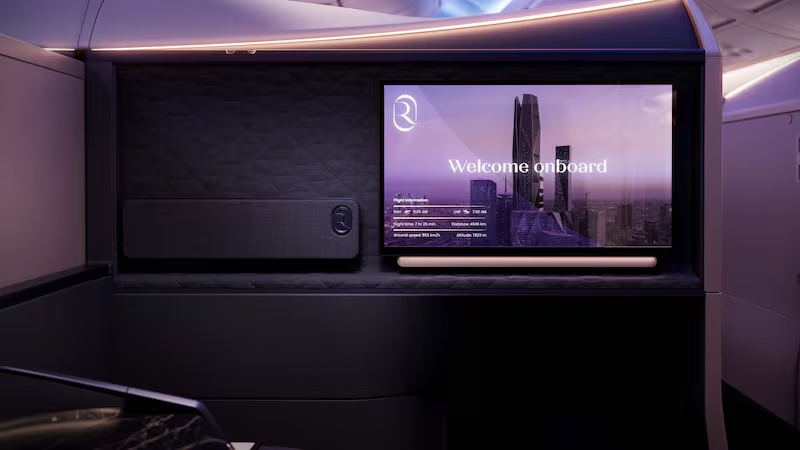

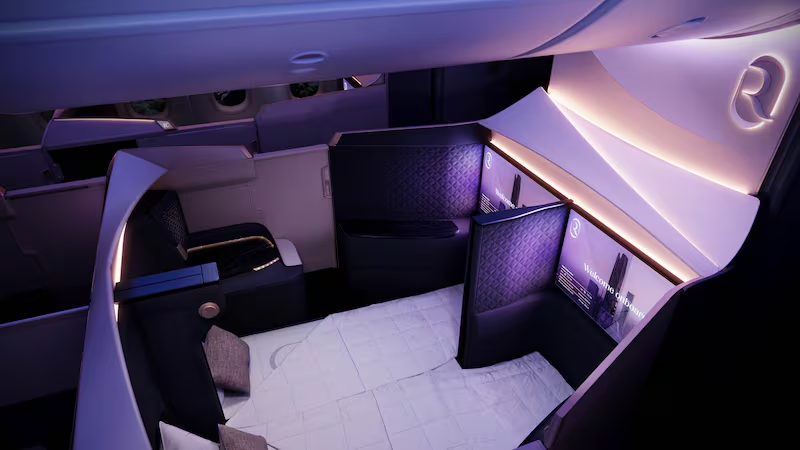
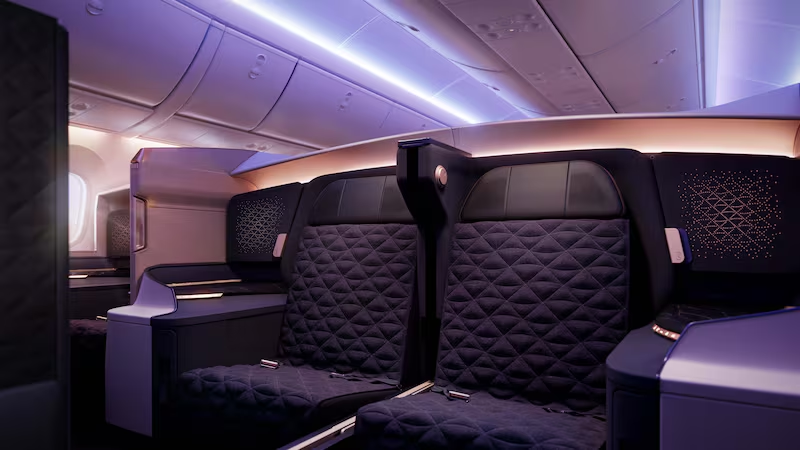
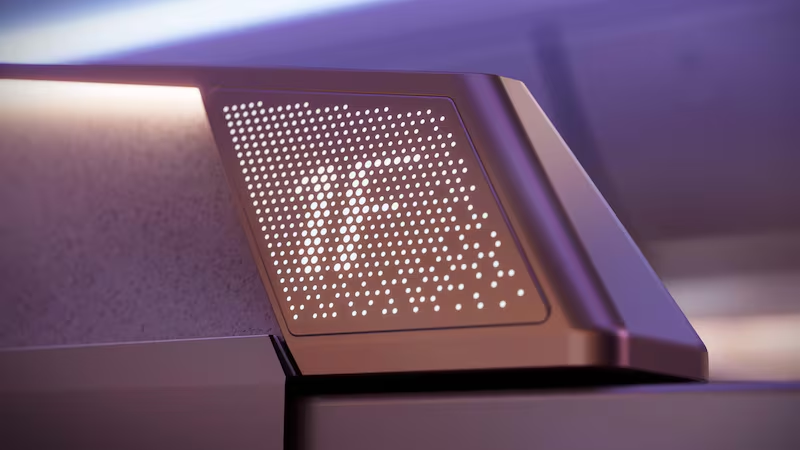
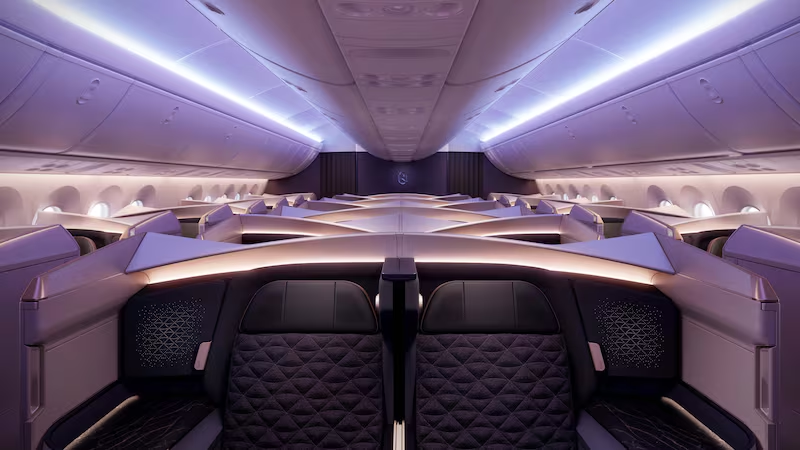
Free Wi-Fi and next-gen entertainment
All passengers will benefit from free high-speed Wi-Fi—powered by Viasat—when enrolled in Riyadh Air’s loyalty programme. The connectivity supports browsing, streaming, gaming, and live TV from gate to gate.
Additional features include:
- USB and power ports in all seats
- Ergonomic foam seating with premium fabrics
- Adjustable privacy dividers
- Ambient lighting and sleek design details inspired by Saudi culture
Riyadh Air will also be the launch customer for Panasonic Avionics’ Modular Interactive (MI) system, allowing dynamic in-flight entertainment updates and greater personalisation.
Certified for take-off
On April 8, Riyadh Air received its air operator certificate from the General Authority of Civil Aviation (GACA), having met all regulatory requirements for safety, security, and operational quality.
With over 132 aircraft on order, Riyadh Air aims to fly to more than 100 international destinations by 2030. The airline is projected to contribute SAR 75 billion to the Kingdom’s non-oil GDP and support over 200,000 direct and indirect jobs in the aviation sector.
SOURCE : SIASAT


